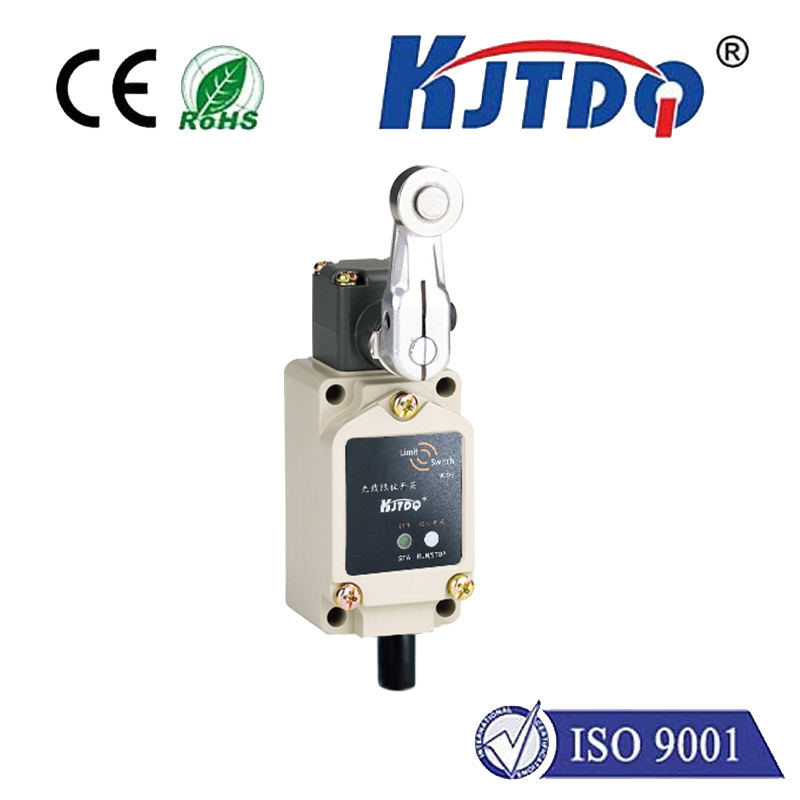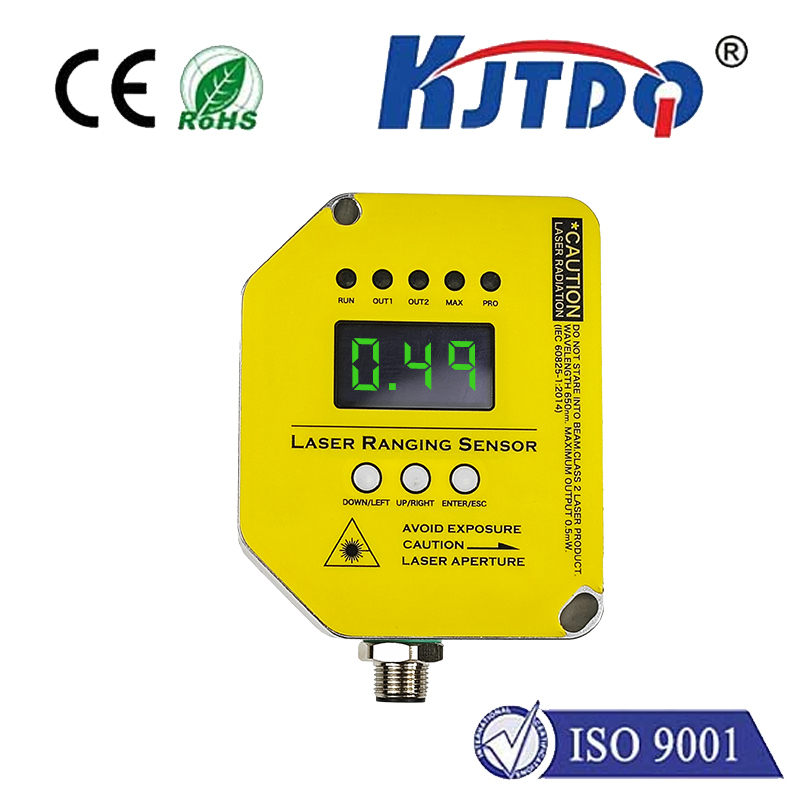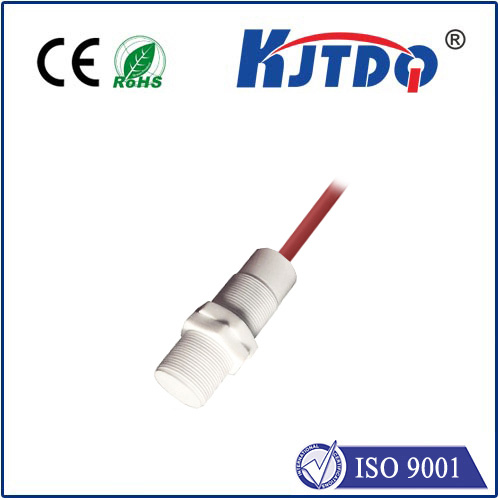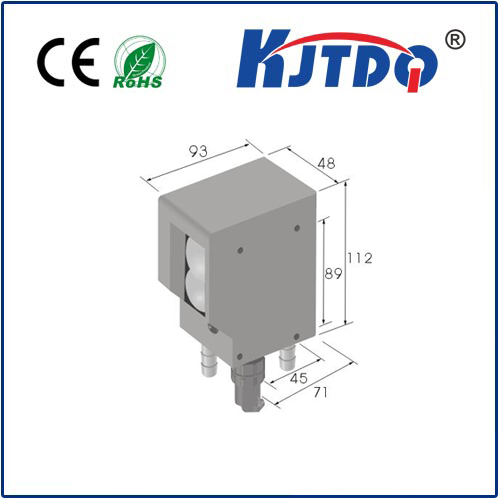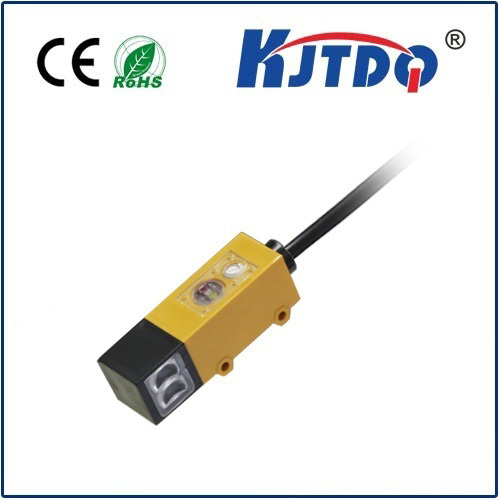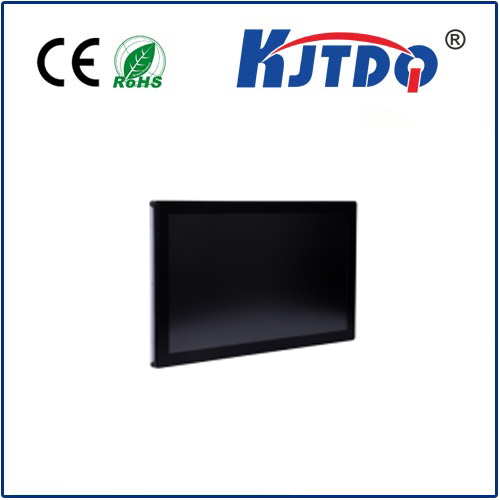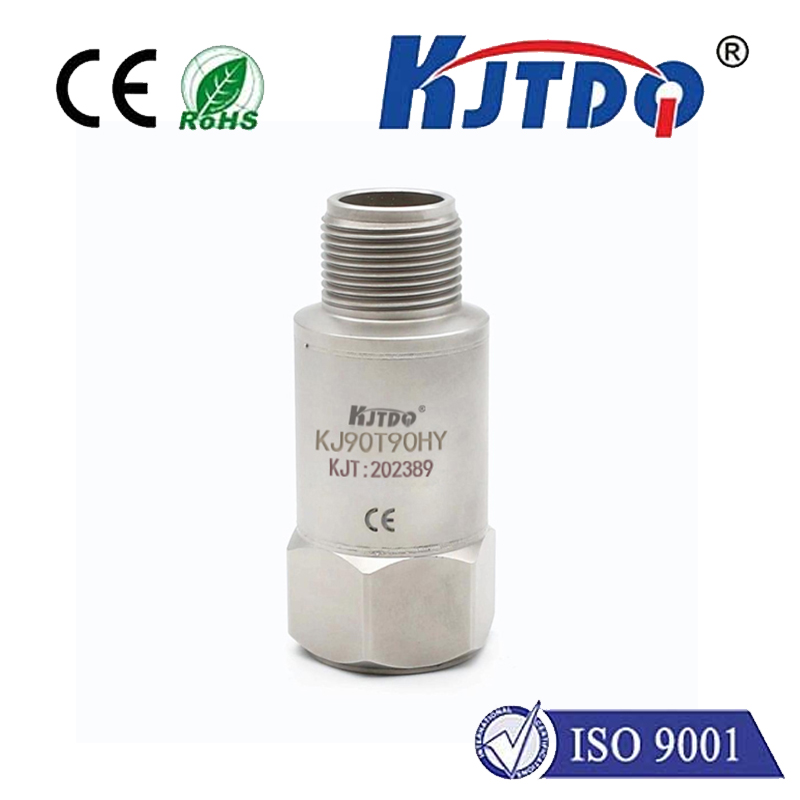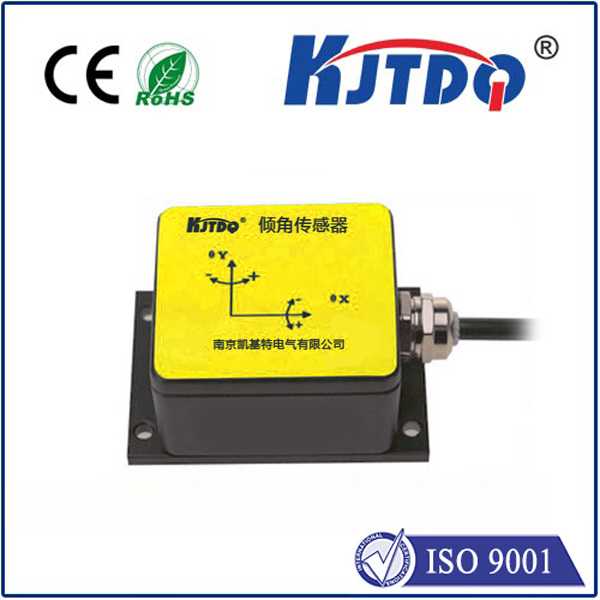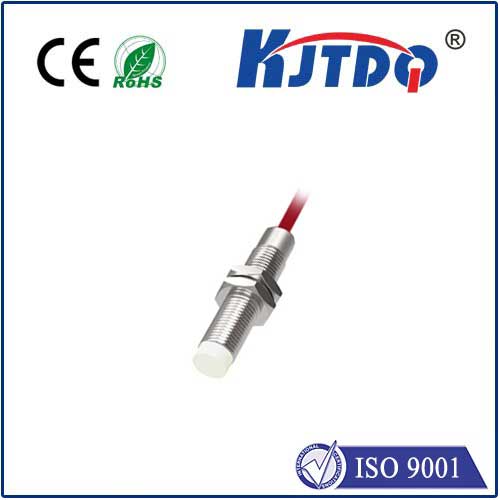
check

check

check

check
The use of proximity sensors has become increasingly prevalent in various industries, ranging from home automation to automotive manufacturing. At just 6mm in diameter, these tiny sensors have a significant impact on the way we interact with technology. In this article, we will explore the power of 6mm proximity sensors and their numerous applications in today's technology landscape.
Chapter 1: Introduction to 6mm Proximity Sensors
Proximity sensors are electronic devices that detect the presence of an object or person by measuring the distance between them and an emitter. These sensors can be found everywhere, from smartphones to industrial robots. The key characteristic of 6mm proximity sensors is their size - they are small enough to fit into a device's housing without compromising its functionality.
In this chapter, we will provide an overview of the history and development of proximity sensors, as well as their basic principles and operation. We will also discuss the different types of proximity sensors available on the market and their unique features.
Chapter 2: Applications of 6mm Proximity Sensors
The versatility of 6mm proximity sensors makes them suitable for numerous applications across various industries. This chapter will focus on some of the most common use cases where proximity sensors are employed.
In the realm of home automation, proximity sensors are used to control lighting, heating, and security systems. For example, a sensor placed near a doorway can trigger lights to turn on when someone approaches, or adjust the thermostat based on occupancy. In the automotive industry, proximity sensors are essential for detecting objects behind the vehicle, such as pedestrians or other cars, ensuring the safety of both drivers and passengers. Other applications include healthcare, retail, and gaming.
Chapter 3: Advantages of 6mm Proximity Sensors
The advantages of using 6mm proximity sensors over other types of sensors are numerous. In this chapter, we will delve into some of the key benefits associated with these devices.
One of the primary advantages of 6mm proximity sensors is their accuracy. They can detect objects within a very narrow range, even at long distances. Additionally, they are non-invasive, making them ideal for use in sensitive environments like hospitals or nursing homes. Moreover, proximity sensors are highly reliable, ensuring consistent performance regardless of environmental conditions. They are also low maintenance, requiring minimal upkeep compared to other types of sensors.
Chapter 4: Future Trends in 6mm Proximity Sensors
As technology continues to evolve, so do the capabilities of 6mm proximity sensors. In this final chapter, we will explore some of the latest trends and innovations in this field. We will examine new materials and technologies that enable 6mm proximity sensors to operate more accurately and efficiently. We will also discuss emerging applications such as augmented reality and smart cities, where these devices will play a crucial role in enhancing our daily lives.
Conclusion: The Power of 6mm Proximity Sensors in Today's World
In conclusion, the power of 6mm proximity sensors cannot be overstated. Their compact size and versatile applications make them an essential component in many modern devices. From home automation to healthcare, automotive manufacturing to gaming, proximity sensors are transforming the way we interact with technology. As we continue to innovate and develop new applications for these devices, the future looks bright for 6mm proximity sensors and their ability to enhance our lives in countless ways.
